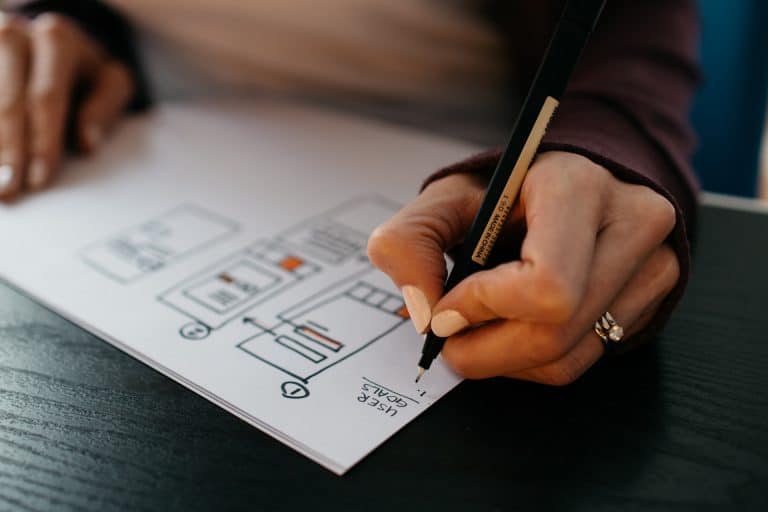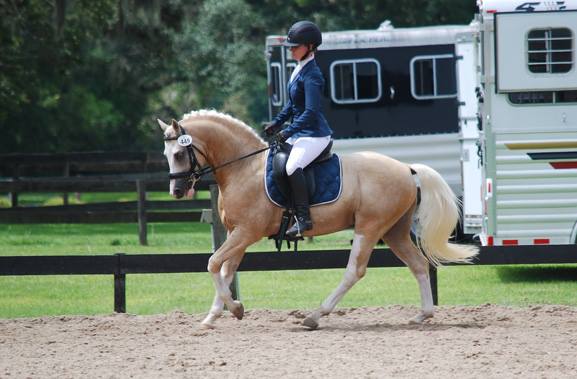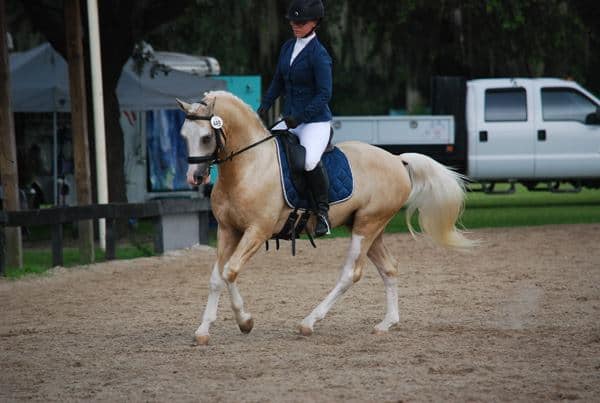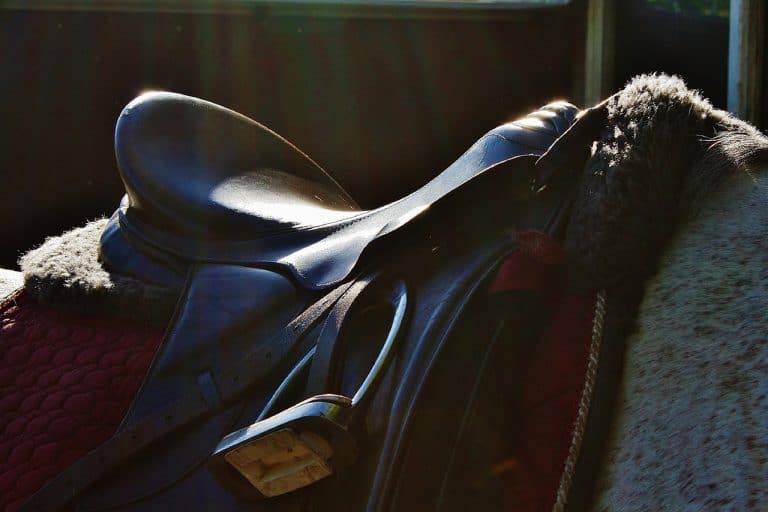Polishing your Position
I have found that the quickest way to improve someone’s position is to have them focus on these two analogies.
The first is to identify what I call the “heart muscle”. (I know that is not the technical term. The technical term is rectus abdominis). Just think about your abs. Your abs are the most important part of your position. Not your legs. Your legs are important, but your abs hold everything together. Your abs are what give you stability in the saddle as well as coordination in your legs and arms. The abdominal muscles help to stabilize the spine and pelvis, which is essential for maintaining a balanced independent seat on the horse. They also help to absorb the shock of the horse’s movements. So, it is very important that you learn to use them properly.
When we look at your abs, we have lower abs and upper abs. Your lower abs run from your belly button to your pubic bone. To engage your lower abs, pull them in. Some trainers say to pull your belly button back to your spine or the back belt loops of your pants. If that image helps you use it. By rotating your pelvis, your seatbones roll under you and establish contact with the saddle. It also takes the arch out of your back, allowing your back to be more supple. Your legs are then able to hang freely around your horse’s barrel. And you will also be able to relax your thighs.
Now engage your upper abs. By upper abs, I am referring to that handful of muscles at the base of your rib cage. Where your ribs turn upward to your sternum. Your upper abs are right at the base of your rib cage and just below your heart (hence I use the term Heart Muscle). Pretend that you are pregnant and push your belly out. I have found that pushing your heart muscle out gives you better stability without tightening your shoulders or your arms. When I ask my students to keep their shoulders square, their shoulders become tight, thus locking their arms in place and removing any hope of communicating with the horse. By pushing your upper abs out and pulling your lower abs in, your torso becomes straight. Now feel how coordinated you are with your arms. Also, feel how easy it is for you to allow your seat to follow the motion of your horse without you forcing your seat to move or forcing your seat down into the saddle. This is how you are going to get the independent seat that we read about.
When we do not engage our abs, we tend to keep our hips still and allow our abs to absorb the motion of the horse. This makes us collapse in the upper abs, right at the base of our rib cage. It also reduces our ability to control our arms. This posture also encourages your knees and heels to come up, taking away your ability to move with the horse and leaving you very vulnerable if your horse decides to spook.
In addition to the benefits of engaging your abdominal muscles while riding strong abs will improve your posture, reduce back pain, increase balance and stability during your non-riding hours, and reduce your fall risk.
Analogy number 2:
Losing your stirrups while riding a horse can be a scary experience, and it can be dangerous. But it is also part of being a beginner rider. Our brain wants us to grip with our legs to stay on. And when we are scared, we naturally ball up and lean forward which pulls our leg up and out of the stirrup. It is natural to tighten our muscles when we concentrate. And we concentrate when we are learning a new movement or aid our legs shorten. All these issues make it impossible to maintain our stirrups. This analogy is to help you maintain your stirrups.
Imagine you are on a trampoline and your best friend is beside you, jumping up and down trying to bounce you off. To stay standing, you must allow your knees and hips to relax and absorb the motion from the trampoline. You must also keep your feet directly under your torse. If your legs are too far in front or behind, you will not be able to remain standing. (Of course, if you fall, your friend will laugh.)
This is the same thing you should do while in the saddle. Keep weight on your stirrups as if you were standing on a trampoline and allow your knees and hips to move. This will keep you from bearing down through your seat to keep your seat in the saddle. If you try to bear down in your saddle, you are encouraging your horse to hallow his back. Allow your seat to just touch the saddle without bearing down focusing on pushing your upper abs out and keeping weight on that trampoline. Just focus on those two points of your body go move around on your horse. This will encourage your horse to lift his back and come through his withers.
At first, you are going to feel like you are bouncing all over. Sitting still on a horse is an illusion. The horse puts motion in our body and if we try to stop that motion, we are stopping the horse. And working much harder to ride well than we need to. If we hold our hips and knees still, the motion will go up through our upper body and back, resulting in your stomach collapsing to absorb the motion and sending your shoulders forward. It is best to direct the motion of the horse down through your legs, allowing the knees, ankles, and hips to move.
The correct stirrup length is very important. Beginner riders may start with a shorter stirrup until their leg gets stronger. But the stirrups should be long enough so that you can rest the ball of your foot on the tread without your heel coming up. I am not one of those dressage trainers who want your stirrups as long as possible. I have seen riders having to point their toes to keep their stirrups. All this does is take away your leg. There is no way to use your leg effectively standing on your toes. If you stood on your toes on the trampoline, you wouldn’t last long. So make sure your stirrups are comfortable and you can easily rest the ball of your foot flat on your stirrup.
If you practice these two analogies, you will feel more secure in your saddle and your aides will be able to be lighter and more subtle. And your position will look wonderful!





